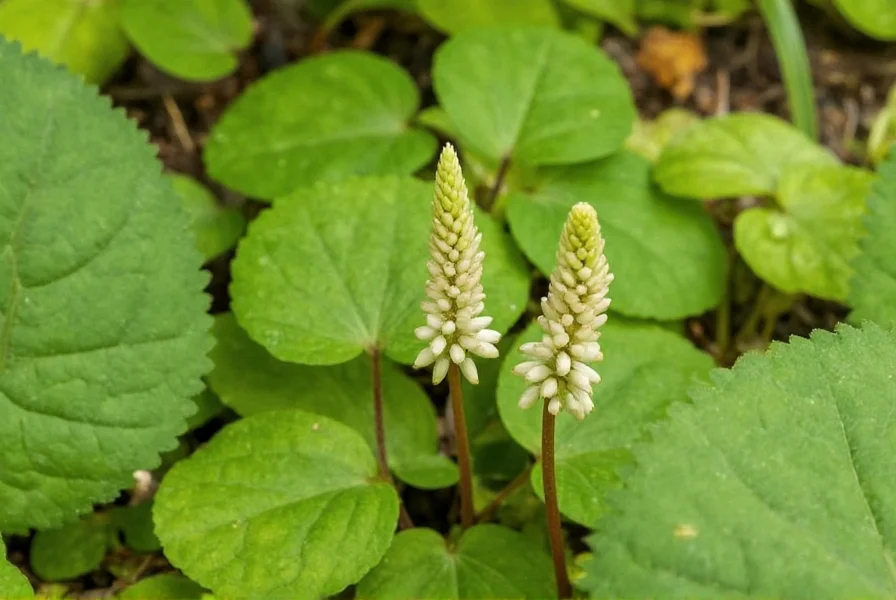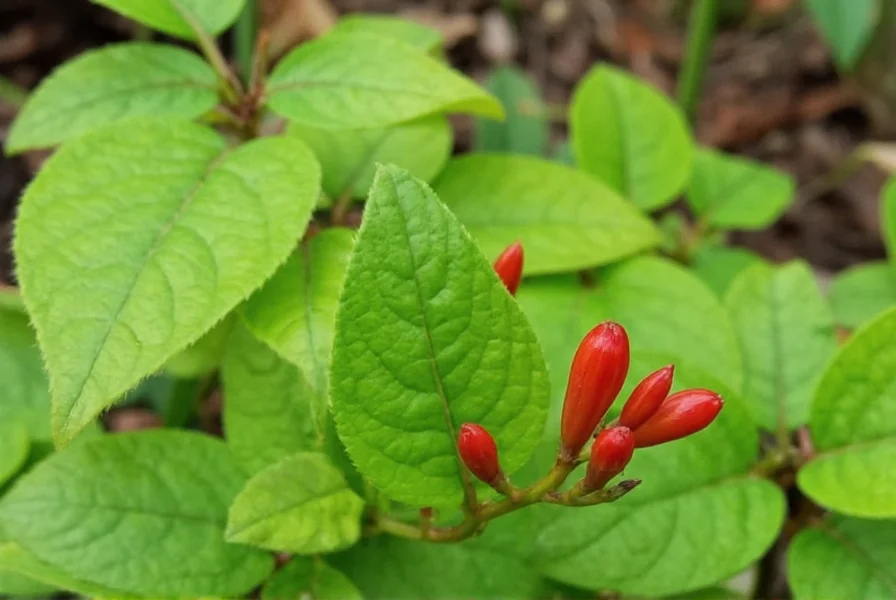When foraging for wild plants, understanding the true nature of wild ginger becomes essential for both safety and appreciation of native flora. This perennial ground cover thrives in deciduous forests across eastern North America, often forming dense colonies where conditions are right. While its common name suggests similarity to the ginger used in cooking, wild ginger belongs to a completely different botanical family with important distinctions that foragers and gardeners should know.
Botanical Profile and Identification
Wild ginger (Asarum canadense) grows 4-8 inches tall with two large, velvety, heart-shaped leaves emerging from the base. The plant produces a single, maroon-brown flower near ground level that's often hidden by leaf litter. This flower has three triangular lobes and emits a faint, earthy scent that attracts small pollinators like fungus gnats.

Key identification features include:
- Opposite, kidney-shaped leaves with smooth edges
- Low-growing habit (never exceeding 8 inches)
- Maroon to purple-brown flowers appearing in early spring
- Distinctive ginger-like aroma when rhizomes are crushed
- Growth in moist, shaded woodland environments
Habitat and Growing Conditions
Wild ginger naturally occurs in rich, moist deciduous forests from Quebec to Minnesota and south to Georgia and Louisiana. It prefers dappled shade with well-drained, humus-rich soil containing plenty of organic matter. The plant spreads slowly through rhizomes, forming attractive ground cover in suitable conditions.
| Characteristic | Wild Ginger (Asarum canadense) | Culinary Ginger (Zingiber officinale) |
|---|---|---|
| Plant Family | Aristolochiaceae | Zingiberaceae |
| Native Range | Eastern North America | Tropical Asia |
| Height | 4-8 inches | 2-4 feet |
| Edibility | Contains toxic compounds | Safe for culinary use |
| Flower Visibility | Ground-level, often hidden | Visible above foliage |
Safety Considerations and Edibility
Despite its name and aroma, wild ginger contains aristolochic acids, compounds known to be nephrotoxic and carcinogenic with regular consumption. While Native American tribes historically used small amounts medicinally, modern research confirms these safety concerns. The plant should not be used as a substitute for culinary ginger in cooking or tea preparation.
For foragers, proper identification is critical because wild ginger has dangerous look-alikes:
- Canadian wild ginger (Asarum canadense) - the subject of this article
- European wild ginger (Asarum europaeum) - similar toxic properties
- False wild ginger (Hexastylis species) - also contains aristolochic acids
- Potentially deadly look-alikes - certain birthworts that share similar habitats
Traditional Uses and Modern Applications
Historically, Native American tribes used wild ginger sparingly for medicinal purposes, including as a poultice for wounds and in small quantities for digestive issues. However, these traditional uses recognized the plant's potency and potential dangers.
Today, wild ginger serves primarily as an attractive native ground cover in shade gardens and woodland restoration projects. Its dense foliage helps prevent soil erosion and provides habitat for small forest creatures. Gardeners appreciate its ability to thrive in challenging shaded areas where few other plants succeed.
Growing Wild Ginger in Your Garden
For those interested in native plant gardening, wild ginger makes an excellent choice for shaded areas. Plant rhizomes in spring or fall, spacing them 12-18 inches apart in soil rich with organic matter. Keep the soil consistently moist but well-drained, and provide dappled shade similar to its natural woodland habitat.
Unlike invasive ground covers, wild ginger spreads slowly and controllably, making it an ecologically responsible choice. It requires minimal maintenance once established and provides attractive foliage throughout the growing season. The plant goes dormant in winter, with new growth emerging in early spring.
Ecological Importance
Wild ginger plays a vital role in forest ecosystems. Its dense foliage helps maintain soil moisture and prevents erosion on woodland slopes. The plant serves as a host for the pipevine swallowtail butterfly in some regions and provides cover for small forest floor inhabitants.
As a native species, wild ginger contributes to biodiversity and supports local ecological networks. Using native plants like wild ginger in landscaping helps preserve regional botanical heritage and supports wildlife adapted to these plants over millennia.
Conclusion: Appreciating Wild Ginger Safely
While wild ginger shouldn't be used as a culinary substitute for true ginger, it remains a valuable native plant worthy of appreciation and conservation. Its attractive foliage, interesting flowers, and ecological benefits make it an excellent choice for shade gardens and woodland restoration projects.
For foragers, understanding the critical differences between wild ginger and culinary ginger prevents potentially dangerous mistakes. Always consult with experienced botanists when identifying plants in the wild, and never consume any plant without absolute certainty of its identification and safety profile.
Is wild ginger safe to eat?
No, wild ginger (Asarum canadense) contains aristolochic acids which are known to be nephrotoxic and carcinogenic with regular consumption. While it has a mild ginger-like aroma, it should not be used as a substitute for culinary ginger in cooking or tea preparation.
How can I safely identify wild ginger?
Look for two heart-shaped leaves growing opposite each other on a single stem, low-growing habit (4-8 inches), maroon-brown flowers near ground level, and a mild ginger-like scent when rhizomes are crushed. Always consult with an experienced botanist before harvesting any wild plant, as dangerous look-alikes exist.
What's the difference between wild ginger and regular ginger?
Wild ginger (Asarum canadense) belongs to the Aristolochiaceae family and grows as a low woodland plant in North America. Culinary ginger (Zingiber officinale) belongs to the Zingiberaceae family, grows 2-4 feet tall in tropical climates, and is safe for consumption. They share only a mild aromatic similarity but are botanically unrelated.
Can I grow wild ginger in my garden?
Yes, wild ginger makes an excellent native ground cover for shaded areas. Plant rhizomes in moist, well-drained soil rich in organic matter, with dappled shade. Space plants 12-18 inches apart and keep soil consistently moist. It spreads slowly and requires minimal maintenance once established.
Why is wild ginger called ginger if it's not edible?
Early European settlers named it "wild ginger" because the crushed rhizomes emit a mild ginger-like aroma. However, they later discovered it wasn't a suitable culinary substitute. The name stuck despite the botanical and safety differences between wild ginger and true culinary ginger.











 浙公网安备
33010002000092号
浙公网安备
33010002000092号 浙B2-20120091-4
浙B2-20120091-4